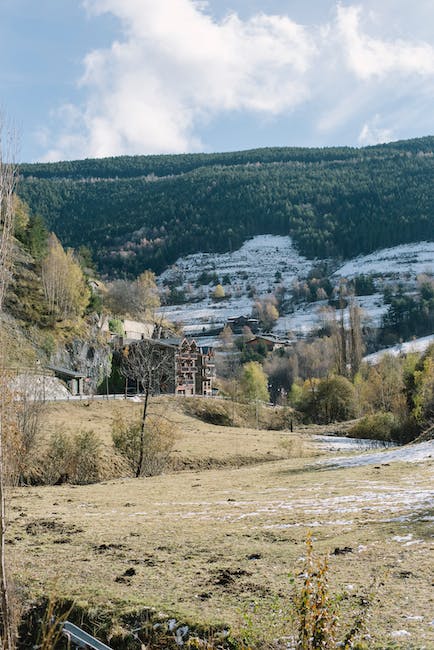
Contents
Valley Fever: Signs, Symptoms, Diagnosis, Treatment and Health
Valley Fever is a type of fungal infection caused by a fungus known as Coccidioides. Majorly found in the southwestern United States, and parts of Mexico, Central and South America, it is also referred to as Cocci, Coccidioidomycosis, California Fever or San Joaquin Valley fever. It is an infectious disease which affects your lungs but can possibly spread to other parts of your body such as skin, bones and many other body parts.
What are the Signs and Symptoms?
Typical signs and symptoms of Valley Fever include
- Cough that is accompanied by mucus or blood
- Fever
- Chills
- Headache
- Fatigue
- Night sweats
- Loss of appetite
- Joint pain and swelling
- Muscle aches
How is Valley Fever Diagnosed?
Valley Fever is normally diagnosed through a physical examination, followed by lab tests and imaging tests. The physical examination includes a thorough checkup of breathing, heart, and abdominal functioning. To confirm the diagnosis, your health care provider may need to do see if there are any signs of the fungal infection in your fluid or tissue samples. If a fungal infection is found, then the healthcare provider may need to do X-rays, computerized tomography (CT) scans or other imaging tests.
Valley Fever Treatments
Valley Fever treatments usually involve antifungal medicines and aggressive rest. Depending on the severity of the infection your doctor may prescribe antifungal medication such as itraconazole, fluconazole, ketoconazole or terbinafine. These will be taken several times a day for a number of months. In some cases, such as disseminated Coccidioidomycosis, additional treatments such as intravenous medications, steroids, and antifungal therapy may be recommended.
Valley Fever Prevention
Currently, there are no known effective ways to prevent Valley Fever, but there are a few things people can do to reduce their risk of exposure. The first and most important tip is to avoid areas where the fungus is known to thrive, such as soil and dust in the southwestern United States, Mexico, and Central and South America. If you do need to work or travel in these areas, it’s important to wear a face mask, long-sleeved shirts and pants, and avoid stirring up dust as much as possible. It is also important to recognize the signs and symptoms of Valley Fever and seek medical help if you experience any of them.
Valley Fever is a serious infection that can have potential health consequences if not discovered and treated early. It is important to be alert and familiar with the signs and symptoms of Valley Fever so that you can seek help if you become infected.
